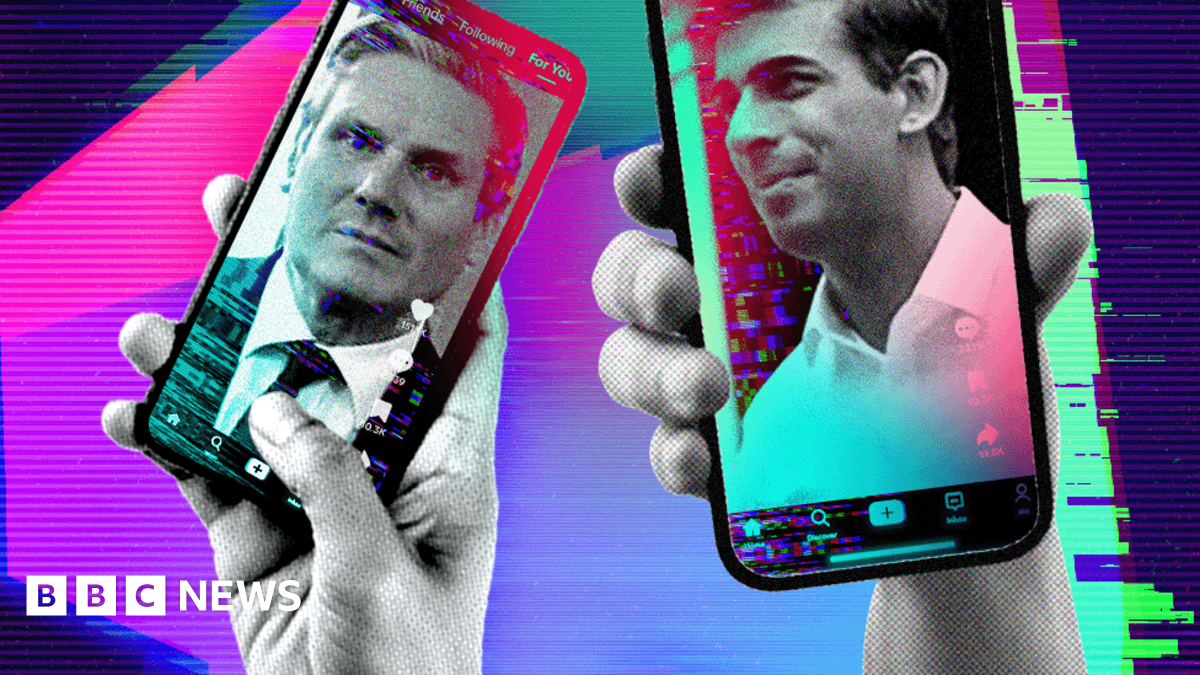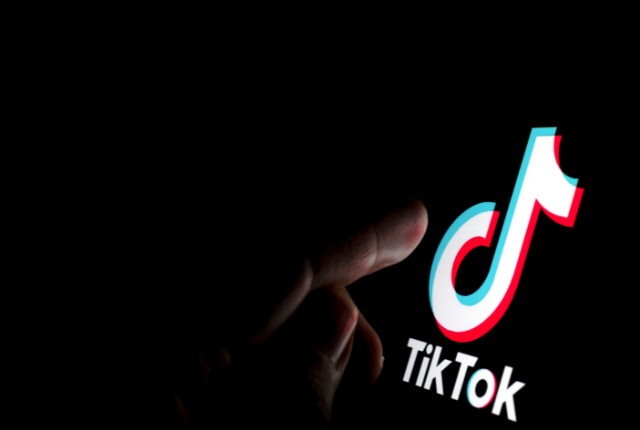Tik Tok got you too emotional.
TikTok's Role in Fueling Misinformation
TikTok's design, where future content is driven largely by past interactions with similar content, contributes to the rapid spread of misinformation. Users who engage with misleading content are more likely to be shown similar videos, creating an echo chamber where misinformation flourishes. One of the most common categories of misinformation across the platform is false and misleading health claims. In 2020, a video falsely claimed that consuming garlic could prevent COVID-19, leading to widespread sharing despite a lack of scientific evidence. In 2021, another video falsely claimed that COVID-19 vaccines were magnetic, causing some individuals to question and even refuse vaccination. And scores of videos have created and amplified claims that 5G technology causes cancer.
TikTok gives rise to and spreads countless conspiracy theories about political groups, including those driven by the current conflict between Israel and Palestine, scientific facts, such as the belief that the earth is flat, and historical events, like the myth of the faked moon landings. This misinformation can also pose significant national and
cybersecurity risks.
In the constantly evolving landscape of social media, TikTok reached 1 billion users in just over five years, making it one of the fastest growing platforms ever. Because of its popularity, however, the platform has seen a deceptive wave of misinformation

www.captechu.edu




